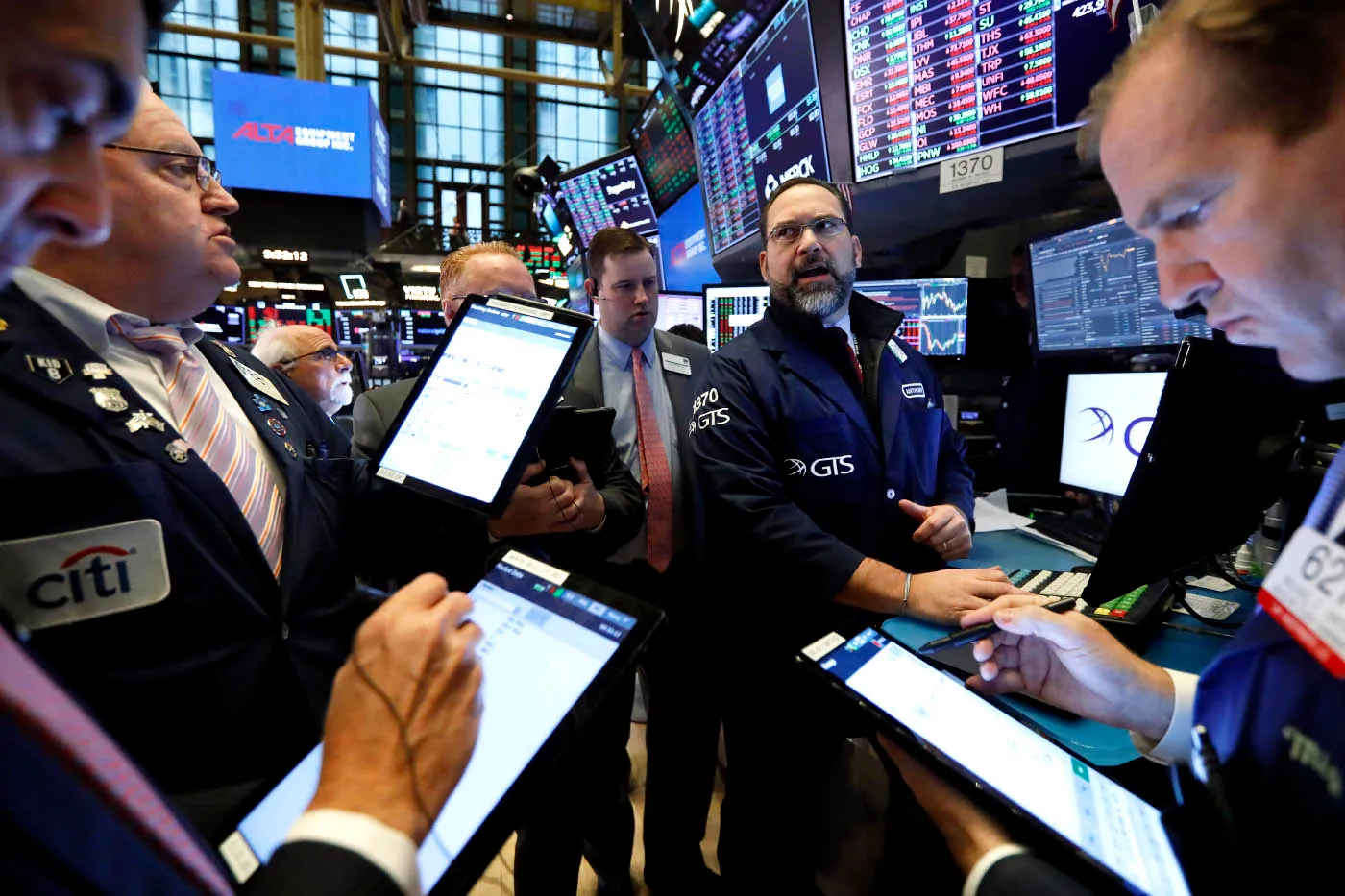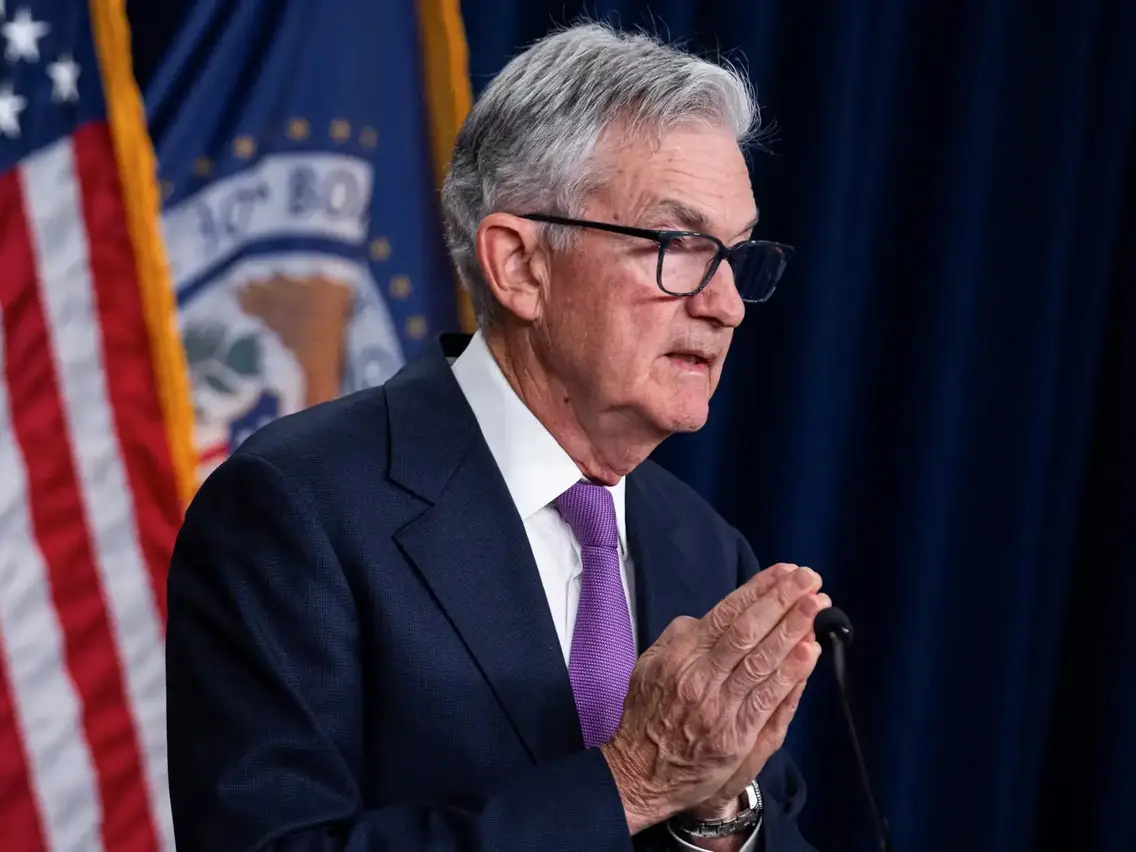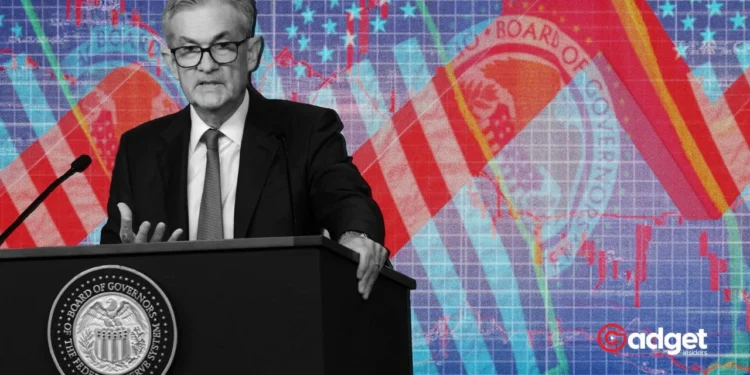In a pivotal announcement that caught the attention of Wall Street and Main Street alike, the Federal Reserve made clear that any prospective interest rate cuts would have to wait, likely until late this year at the earliest. This decision comes amidst ongoing struggles to curb inflation, despite the U.S. economy showing remarkable resilience.

Federal Reserve: Unchanged Rates Amid Inflation Concerns
The Federal Reserve’s policy-making arm, the Federal Open Market Committee (FOMC), concluded its recent two-day policy meeting in Washington by keeping its key lending rate steady between 5.25% and 5.5%, a level not seen in over two decades.
The cautious stance that the central bank is taking toward an economy that continues to outperform growth estimates is reflected in this unanimous decision, which is in line with the expectations of Wall Street.
Even though the labor market is solid and consumer spending is being fueled by it, inflation continues to be a problem for the economy. The Federal Reserve kept the core Personal Consumption Expenditures (PCE) price index at around 2.8% throughout March and April.
This index is a parameter that is constantly monitored by the Fed. This number highlights the difficulties that the Federal Reserve will have to overcome to bring inflation back to the target level of 2%.
A Strategic Pause in Monetary Policy
“The Committee does not expect it will be appropriate to reduce the target range until it has gained greater confidence that inflation is moving sustainably toward 2%,” noted the Federal Reserve in its post-decision statement.
This cautious stance is a response to persistent inflation pressures, exacerbated by increased employment and energy costs alongside dwindling pandemic-era savings.
Financial markets, which had earlier anticipated rate cuts as soon as this summer, have adjusted their expectations in light of the Federal Reserve’s steadfast position. This recalibration reflects a growing acknowledgment of the economic complexities confronting the Fed’s policymakers.

Market Reactions and Future Projections
Following the Federal Reserve’s announcement, U.S. stock indices showed modest declines, with the S&P 500 and the Nasdaq experiencing slight dips. This market behavior underscores the investor’s wariness about the near-term economic outlook amidst ongoing inflationary pressures.
In an interesting twist, the Federal Reserve also revealed plans to slow down the pace of its bond sales, reducing its monthly offloading from $60 billion to $25 billion starting in June. This move is part of a broader strategy to mitigate the upward pressure on bond yields, which could ease some concerns in the bond markets.
Investors should anticipate rate hikes, not rate cuts.
The Federal Reserve has consistently acted contrary to market expectations.
For investors looking to protect their portfolios, owning short term bonds and quality companies with a strong balance sheet can be a smart… pic.twitter.com/hY7oUBfdxe
— David Nicholas (@DavidANicholas) May 1, 2024
Analyst Insights
Economists and strategists, like Sonu Varghese from Carson Group, point out that the persistence of elevated inflation levels and the Federal Reserve’s strategic adjustments in its balance sheet management are indicative of a complex economic environment.
“The fact that inflation remains elevated means we’re not going to see rate cuts very soon,” Varghese explained. He also highlighted that the slower pace of balance sheet reduction could relieve some pressure on bond yields, providing a nuanced outlook on future monetary policy dynamics.

Looking Ahead
As the year progresses, the Fed’s decisions will continue to be informed by a variety of economic indicators, including labor market conditions, inflationary trends, and global economic developments.
With the U.S. economy demonstrating unexpected strength yet challenged by inflation, the central bank remains on a tightrope, balancing growth with price stability. Investors and policymakers alike will be watching closely, as any shift in this delicate equilibrium could signal new directions for U.S. monetary policy.










